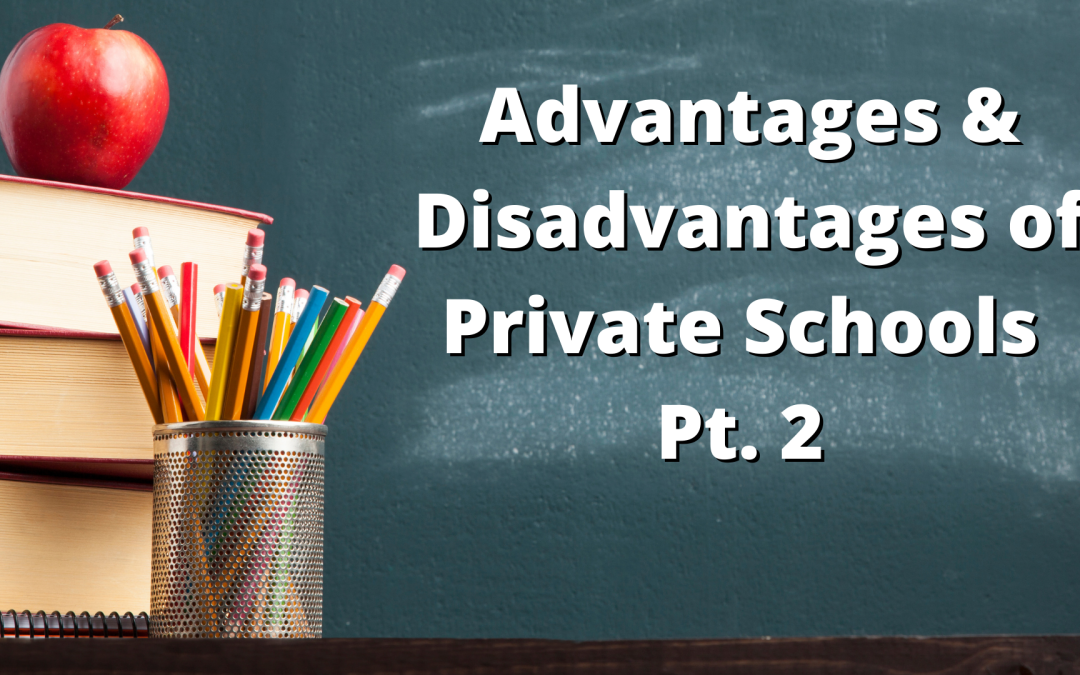Many families can’t afford or don’t even think about other education besides public learning. Public education comes with its own set of advantages and disadvantages, of course, just like any other type of schooling options available to your family. Whether you’re thinking about switching school districts or just want more information, it’s never a bad idea to do your research and know what different schools can offer your children.
What Public Schools Offer
One of the most beneficial advantages of public school is obviously the cost. Of course, you don’t want to put cost in front of your child’s education, but depending on how your child learns, a public school experience may be just as good if not better than a private school education. And many private schools can cost $10,000 or more per year, making a big impact on your budget. Depending on where you live, private schools could be a farther distance than your public school and involve more commuting, if need be. A public school is also going to take on any student, anywhere. Private schools will accept or deny applicants based on test results and other criteria, whereas public schools are available for anyone. Most public schools will also involve more diversity in the classroom for your child, and more chances to make friends with varying types of activities and backgrounds.
Weighing the Options
On the flip side, public schools tend to have less one-on-one time with students. Smaller classrooms are the norm in younger grades, such as first through third grade, and then the classes slowly increase as the students take on more responsibility and learning. Depending on how your child learns, this may not be an issue; but if your child struggles to learn in a larger setting or needs more one-on-one time, it may be a disadvantage. With public schools comes a sometimes overabundance of standardized testing in order to meet state and federal legislation. These tests are oftentimes the only way of truly seeing whether students are learning, but they can also take up a lot of the teacher’s time throughout the year on regular education topics. These tests help hold public schools accountable, but often require a lot of work and studying on your child’s part to ultimately pass and in some states, then receive their diploma. And depending on where you live, the amount of money your public school receives each year can fluctuate greatly. In more affluent areas, this most likely won’t be a problem, but in poorer or lower income areas, the overall budget for public schools could decrease and the school’s available resources could be low. This could mean that more creative classes, such as theater or art, could be cut due to budget constraints in a lower-income school than in a more affluent area.
Taking the time to evaluate which schools are around you and which ones might be better for your children is always a good idea. If your children are flourishing where they are at, whether at a private or public school, the chances of needing a change are slim. But if you feel that your school of choice could be doing better, it may be time to do a little digging.
Global Student Network offers a variety of online curriculum options for homescholool. Learn more at www.GlobalStudentNetwork.com.
Katie Kyzivat

